When a loved one passes away without a will in Texas, their estate must go through probate to ensure assets are distributed legally. This process, known as intestate probate, follows Texas laws to determine who inherits the deceased person’s estate. Without a will, probate can become complex, but understanding the legal process can help ease the burden on families handling estate matters.
This guide breaks down the steps to file probate in Texas without a will, explains how assets are distributed, and highlights challenges that may arise along the way.
What Happens When Someone Dies Without a Will in Texas?
A person who dies without a will is considered to have died intestate. Texas intestate succession laws then determine how assets will be divided among heirs. Instead of the deceased choosing who inherits their property, the state establishes legal guidelines for distribution.
The probate court oversees the process to ensure debts, taxes, and legal obligations are settled before assets are distributed to heirs. However, not all assets require probate. Some automatically transfer to beneficiaries, such as life insurance policies or jointly owned property.

Do All Estates Require Probate in Texas?
Not every estate in Texas requires probate, even if there is no will. Some assets transfer directly to beneficiaries under state law, bypassing the probate process. Understanding which assets qualify can help families avoid unnecessary legal procedures.
Assets that do not require probate include:
- Jointly owned property with the right of survivorship, which passes directly to the surviving owner.
- Payable-on-death (POD) bank accounts, where funds automatically go to the named beneficiary.
- Transfer-on-death (TOD) investment accounts, allowing heirs to claim assets without probate approval.
- Retirement accounts and life insurance policies, which distribute funds directly to listed beneficiaries.
However, if the estate includes real estate, bank accounts, or other valuable assets that were solely in the deceased’s name, probate is usually necessary to transfer ownership legally. In such cases, working with a probate attorney can ensure a smoother process.
Steps to File Probate in Texas Without a Will
Filing probate in Texas without a will requires following a structured legal process. Understanding these steps helps prevent delays and ensures proper estate distribution. Navigating probate efficiently can reduce stress for heirs and ensure assets are distributed as required by law.
1. Determine the Type of Probate Needed
Texas offers different probate options based on the estate’s complexity and size. Selecting the appropriate process can affect the time and costs involved in settling the estate. The probate type chosen impacts how quickly heirs and creditors receive payments.
- Small Estate Affidavit: If the estate’s total value (excluding homestead property) is $75,000 or less, heirs can use a Small Estate Affidavit to avoid full probate. This method simplifies the process, making it ideal for straightforward estates.
- Independent Administration: If heirs agree, the court may allow independent administration, which requires less supervision. The administrator can act without extensive court oversight, reducing delays and legal fees.
- Dependent Administration: When heirs or creditors dispute the estate, the court may require dependent administration, a more supervised probate process ensuring fair resolutions. This option adds legal oversight, ensuring fair handling of contested estates.
Choosing the correct probate method can save time and costs. Consulting an attorney can help determine the best option for the estate and prevent avoidable delays.
2. File an Application for Probate
The probate process begins when an interested party—such as a surviving spouse, child, or creditor—files an application for probate with the county’s probate court. Filing quickly helps prevent unnecessary delays and ensures timely estate administration.
The application must include:
- The deceased’s name, date of death, and last known address, confirming jurisdiction. This ensures the correct court handles the case.
- A list of estate assets and debts, ensuring the court accounts for all financial matters. This helps in proper debt resolution and inheritance distribution.
- Names of potential heirs, allowing the court to identify rightful beneficiaries. This prevents disputes over who is legally entitled to inherit.
- A request for an administrator appointment, ensuring a legal representative manages the estate. This person will handle all probate-related duties.
After filing, the court schedules a hearing to determine the next steps and officially approve the estate administrator. The administrator’s approval allows the estate’s legal processing to begin.
3. Appoint an Administrator
Since no will names an executor, the probate court appoints an administrator to oversee the estate. This person must meet court qualifications and manage estate affairs legally. The administrator plays a crucial role in ensuring the estate is properly handled.
The administrator’s responsibilities include:
- Identifying and valuing estate assets, such as real estate, financial accounts, and personal property. This ensures all assets are accounted for and properly distributed.
- Paying outstanding debts, taxes, and other legal obligations, ensuring creditors receive due payments. Fulfilling financial obligations protects the estate from legal claims.
- Distributing the remaining estate according to Texas intestate laws, ensuring fair inheritance for beneficiaries. The court enforces these rules to protect heirs’ rights.
Administrators must act in the estate’s best interests and follow all probate court directives. Failure to comply can lead to legal consequences or removal from the role.

4. Notify Heirs and Creditors
Once appointed, the administrator must notify heirs and creditors about probate proceedings. Proper notification helps prevent legal conflicts and ensures creditors receive payments before estate distribution. Informing all parties allows them to participate in the process if necessary.
This includes:
- Publishing a notice in a local newspaper, informing creditors of their right to file claims. This ensures all potential debts are properly addressed.
- Sending direct notifications to known creditors, allowing them to submit claims for unpaid debts. Creditors have legal rights to claim funds before assets are distributed.
- Locating heirs to ensure proper inheritance distribution, preventing disputes over rightful shares. Finding all heirs ensures the estate is divided according to Texas law.
Creditors have four months to file claims. If no valid claims exist, remaining assets are distributed to heirs under Texas law. This step is critical in finalizing estate matters without complications.
5. Settle Debts and Taxes
Before distributing assets, the administrator must ensure all financial obligations are settled to prevent legal issues. Unresolved debts can complicate probate and lead to disputes. Settling these matters first ensures a smooth distribution process.
Key responsibilities include:
- Paying medical bills, loans, and credit card balances, ensuring all financial obligations are met. Debt resolution prevents future claims against the estate.
- Handling estate taxes owed to the IRS or state of Texas, avoiding penalties or further legal action. Tax compliance is essential for proper estate closure.
- Settling final utility bills, mortgage payments, or other outstanding costs, preventing delays in asset distribution. Addressing these ensures heirs receive their inheritance without legal hurdles.
If an estate lacks sufficient funds, the administrator may need to sell assets to cover debts before heirs receive their inheritance. Liquidating assets can sometimes be necessary for debt repayment.
6. Distribute Remaining Assets to Heirs
Once debts and taxes are paid, the administrator distributes the remaining assets following Texas intestate succession laws. The legal process ensures a fair and systematic transfer of ownership. This guarantees that heirs receive their rightful share.
Texas prioritizes heirs in the following order:
- Surviving spouse and children receive the largest portion. This ensures immediate family members inherit first.
- Parents inherit the estate if there are no surviving children or spouse. This applies when no direct descendants exist.
- Siblings inherit if there are no parents, spouse, or children. This ensures the estate remains within the family.
- Extended family (nieces, nephews, cousins) inherit if no immediate relatives exist. If no direct relatives exist, distant family members may qualify.
If no heirs exist, the estate escheats to the state, meaning Texas takes ownership. However, courts make every effort to locate heirs before resorting to this step. The state only claims estates when no legal heirs are found.
Challenges in Filing Probate Without a Will
Filing probate without a will can lead to complications, especially when disagreements arise. Without a clear estate plan, conflicts and delays are common. Understanding these challenges can help heirs and administrators prepare for potential obstacles.
Common challenges include:
- Multiple heirs disputing asset distribution, leading to prolonged legal battles. Family conflicts can delay the process significantly.
- Unknown creditors making claims, reducing the estate’s value and delaying inheritance. Unexpected debt claims can complicate estate distribution.
- Missing documents causing legal delays, requiring additional court involvement. Lack of proper records can slow probate proceedings.
- Disputes over administrator appointment, resulting in conflicts between family members. If multiple parties want control, legal intervention may be needed.
Working with a Texas probate attorney can help avoid costly legal delays and ensure compliance with probate laws. Legal guidance ensures proper handling of the estate from start to finish.

How Long Does Probate Take in Texas?
The probate timeline depends on estate complexity, disputes, and court schedules. Unexpected challenges can further extend the process.
Typical probate durations:
- 3 to 6 months for small estates with no disputes.
- 6 to 12 months for estates involving creditors and multiple heirs.
- 12 months or longer for contested cases requiring court intervention.
Probate can last years in cases involving estate disputes, missing heirs, or complex assets. Seeking legal guidance helps expedite the process and resolve disputes efficiently.
Final Thoughts: Understanding the Probate Process in Texas
When a loved one dies without a will, knowing how to file probate in Texas without a will is essential for ensuring legal asset distribution. Probate resolves debts, settles disputes, and transfers property to rightful heirs.
Seeking legal assistance simplifies probate, reducing stress and preventing legal errors. Whether you are a surviving spouse, child, or other interested party, understanding Texas probate laws helps you navigate the system with confidence.
Filing probate without a will presents challenges, but with proper preparation and legal guidance, you can ensure a fair and efficient estate resolution.








